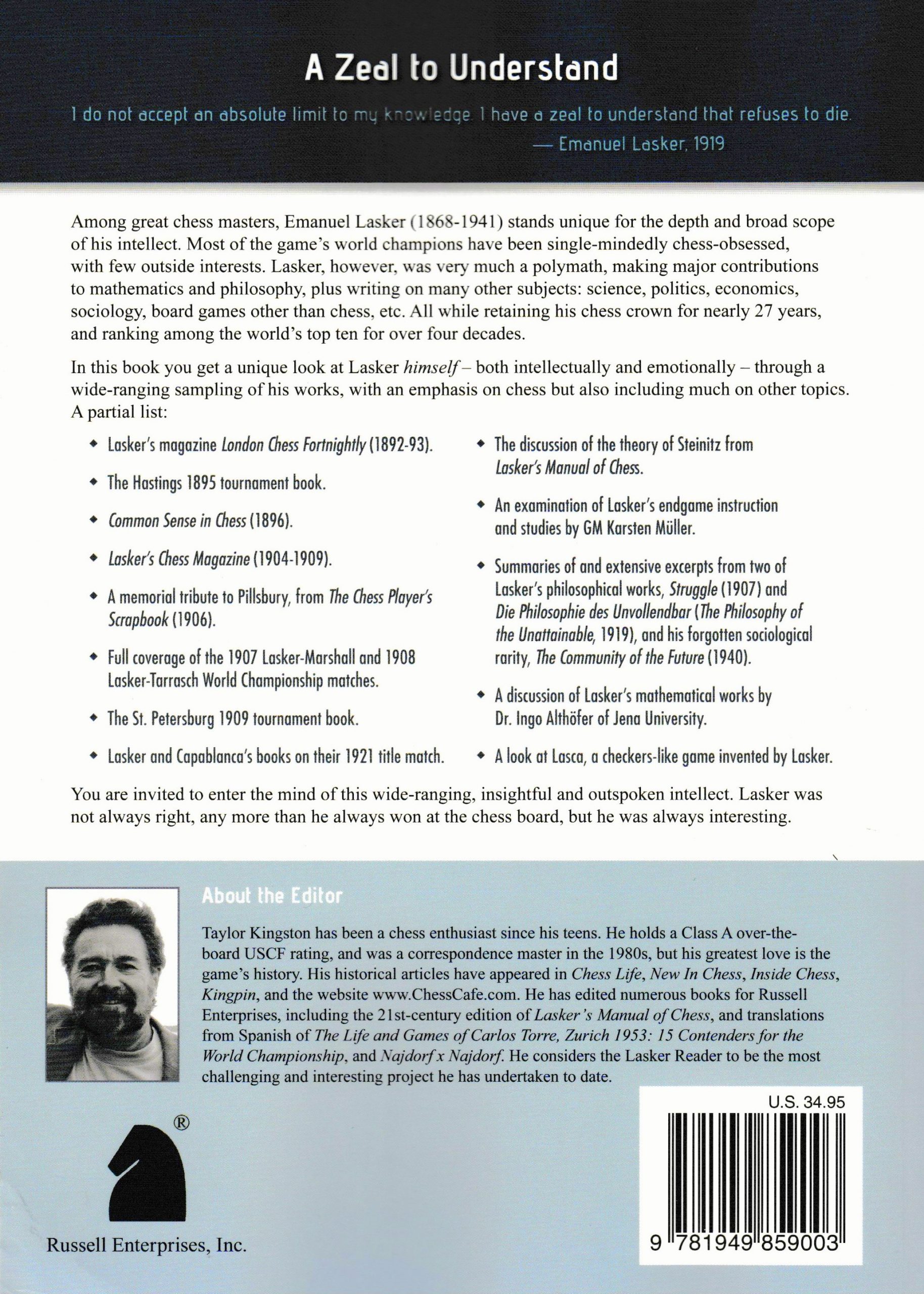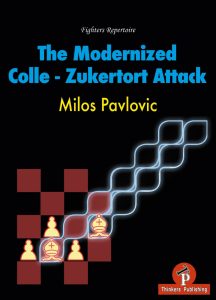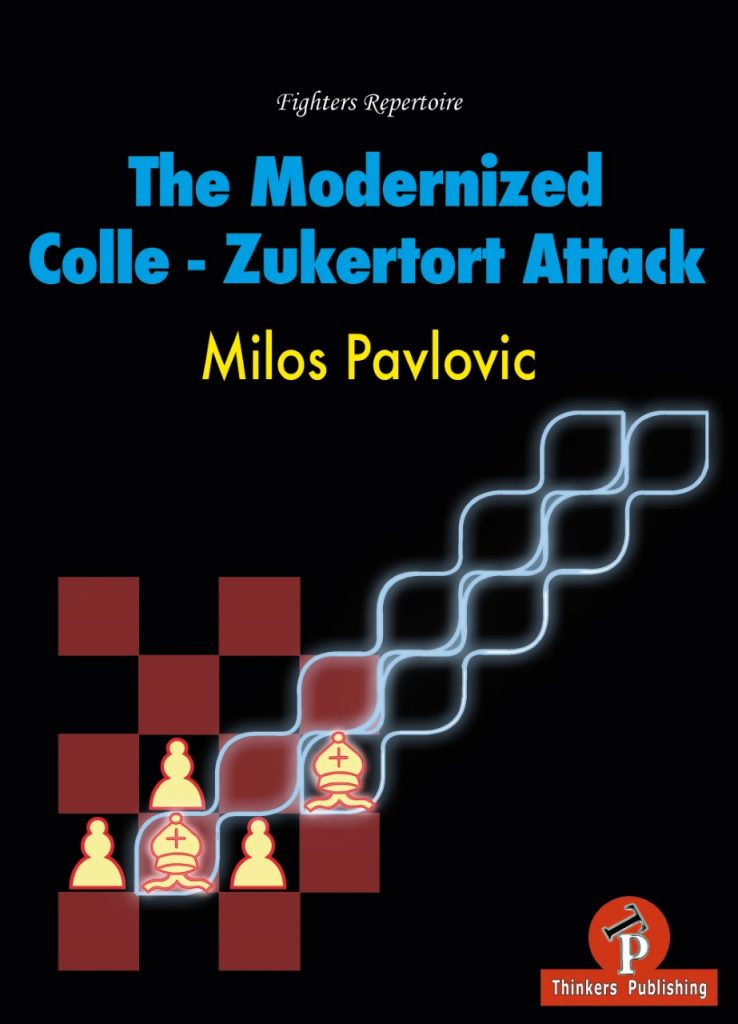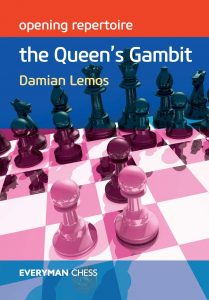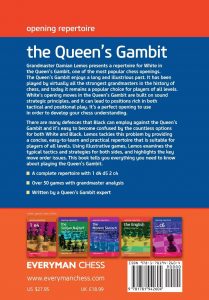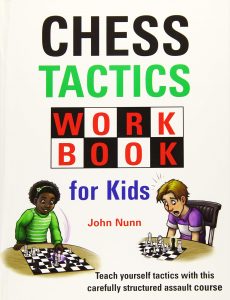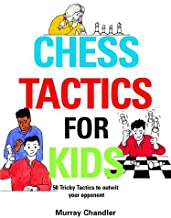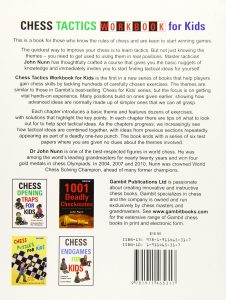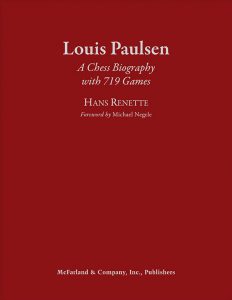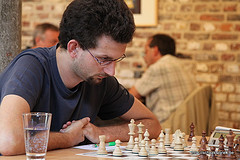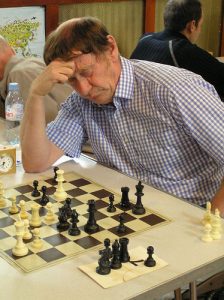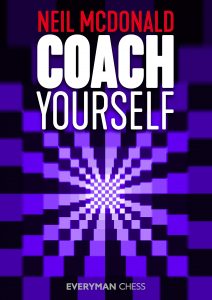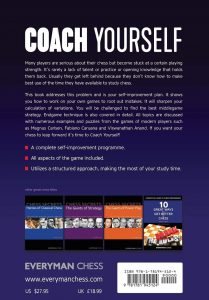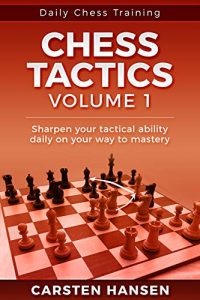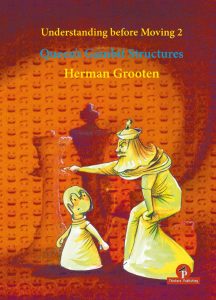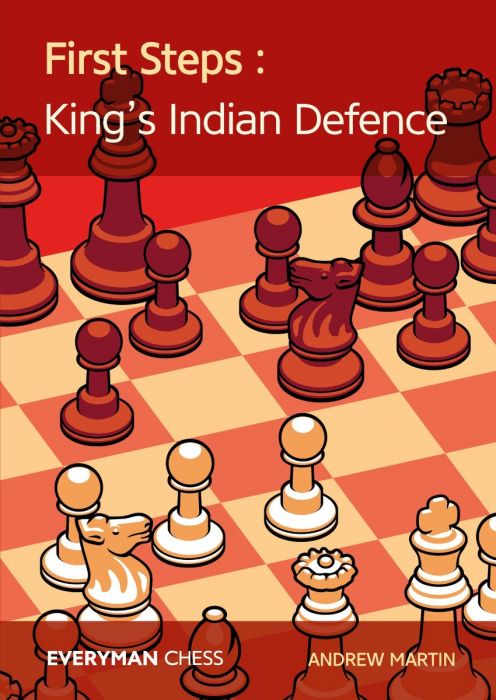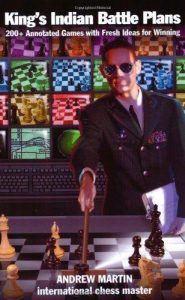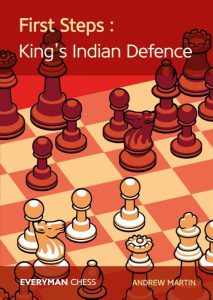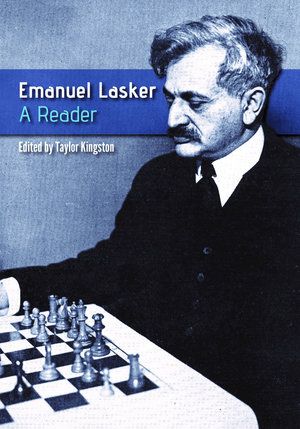
Emanuel Lasker: A Reader: A Zeal to Understand : Taylor Kingston
Taylor Kingston
Taylor Kingston has been a chess enthusiast since his teens. He holds a Class A over-the-board USCF rating, and was a correspondence master in the 1980s, but his greatest love is the game’s history. His historical articles have appeared in Chess Life, New In Chess, Inside Chess, Kingpin, and the Chess Café website. He has edited numerous books, including the 21st-century edition of Lasker’s Manual of Chess, and translations from Spanish of The Life and Games of Carlos Torre, Zurich 1953: 15 Contenders for the World Championship, and Najdorf x Najdorf. He considers the Lasker Reader to be the most challenging and interesting project he has undertaken to date.

When I’m asked who my favourite chess player is, I always answer ‘Emanuel Lasker’.
Why? Partly because he was a player who didn’t really have a style. Like Magnus Carlsen, with whom he has sometimes been compared, he just played chess. But more because he was such an interesting personality. Unlike most champions (Euwe and Botvinnik were exceptions) he had a life outside chess, on several occasions taking long breaks from the game. And what a life it was: mathematician, philosopher, writer, playwright, bridge player, and, lest we forget, chess player.
Chess historians are finally taking notice of this fascinating man. In 2009 a massive volume about him was published in German, edited by Richard Forster and others. Last year the first of three volumes of a greatly expanded edition of this work appeared in English. If you have any interest at all in chess history you should certainly possess this book, and, like me, you’ll be eagerly looking forward to volumes 2 and 3.
What we have here might best be seen as a companion to this work, and, if you’re a Lasker fan or have any interest in chess history you’ll want this as well.
Taylor Kingston has compiled and edited a collection of Lasker’s own writings, not just on chess but covering every aspect of his multi-faceted personality.
We start with the London Chess Fortnightly, which Lasker published for a year between 1892 and 1893, annotating his own games as he was trying to establish himself as a contender for Steinitz’s world title. Here and throughout the book, the editor adds the occasional contribution from Stockfish 8.
Lasker and Steinitz met in 1894, with our hero becoming the second official world champion as a result of winning the match. Both players annotated some of the games for newspaper columns. In 1906 Lasker published this in his chess magazine, which we’ll come to later, but in this book they appear in the correct chronological place.
The Hastings 1895 tournament book (if you don’t have a copy I’d like to know why) was unusual in that all the games were annotated by one of the other participants. The six games Lasker annotated feature here.
Lasker’s first book, Common Sense in Chess, was published the following year. We have here an extract from Chapter 9, the End Game.
We then jump forward to 1904. The longest and, for chess players, perhaps the most interesting section of the book covers Lasker’s Chess Magazine, which was published in New York between November 1904 and January 1909. The games themselves give the reader an overview of chess during those years, with amateurs as well as masters being represented. Lasker’s annotations and, in some cases, game introductions, were often colourful in nature and tell us a lot about the man himself.
Burn-Forgacs (Ostend 1906), for instance, ‘begins like a summer breeze and ends like a winter’s gale’.
1. d4 d5 2. c4 e6 3. Nc3 Nf6 4. Bg5 Nbd7 5. e3 c6 6. Nf3 Qa5 7. Nd2 Ne4 8. Ndxe4 dxe4 9. Bh4 e5 10. Be2 f5 11. O-O g6 12. c5
‘Here the red lantern flashes out; queen and bishop prepare to take the diagonal from b3 to e6 and f7, which are woefully weak, and the black king will be in grave peril.’
12… Bg7 13. Qb3 Nf8 14. Bc4 Qc7 15. d5 h6 16. d6 Qd7 17. Be7 Ne6 18. Nb5 cxb5 19. Bxb5 1-0
Another major chapter concerns the 1908 Lasker-Tarrasch world championship match. After some details of the background to the match (there was little love lost between the two players: Edward Lasker quoted Tarrasch as saying ‘the only words I will address to him are check and mate!). Taylor Kingston presents the games with annotations from Lasker’s Chess Magazine, Tarrasch’s book of the match and other contemporary sources, along with the usual computer interjections.
We then have a chapter on Lasker’s unsuccessful 1921 match against Capablanca, and another on his non-appearance at New York 1927. Lasker’s Manual of Chess was first published in German in 1926: here we have an excerpt in which he discusses the theory of Steinitz.
Lasker’s chess writings are completed by an article on Lasker and the Endgame by guest contributor Karsten Müller, and a short section on Lasker’s problems and endgame studies.
The last 75 pages of the book consider other aspects of Lasker’s life: his philsophy, his contributions to mathematics, and Lasca, a board game he invented.
Perhaps the most interesting section offers extracts from The Philosophy of the Unattainable, his most important philosophical work, published in 1919. As far as Taylor Kingston is aware, it has never been published in English.
Lasker’s last work, The Community of the Future, was published in 1940, five months before his death. Here, Lasker considers the problems faced by the world and proposes a ‘non-competitive community’ as his solution, with ‘self-hope co-operatives’ to deal with unemployment. Again, fascinating reading, and, you might think, his utopian ideas are still of some relevance today.
The book is a well-produced paperback. There are a few notation errors caused by translation from descriptive to algebraic, but this shouldn’t cause you too much bother. I hope I’ve convinced you that this book deserves a place on your shelves.
Richard James, Twickenham 20 November 2019

Book Details :
- Softcover : 400 pages
- Publisher: Russell Enterprises (19 April 2019)
- Language: English
- ISBN-10: 1949859002
- ISBN-13: 978-1949859003
- Product Dimensions: 17.8 x 2.5 x 25.4 cm
Official web site of Russell Enterprises
